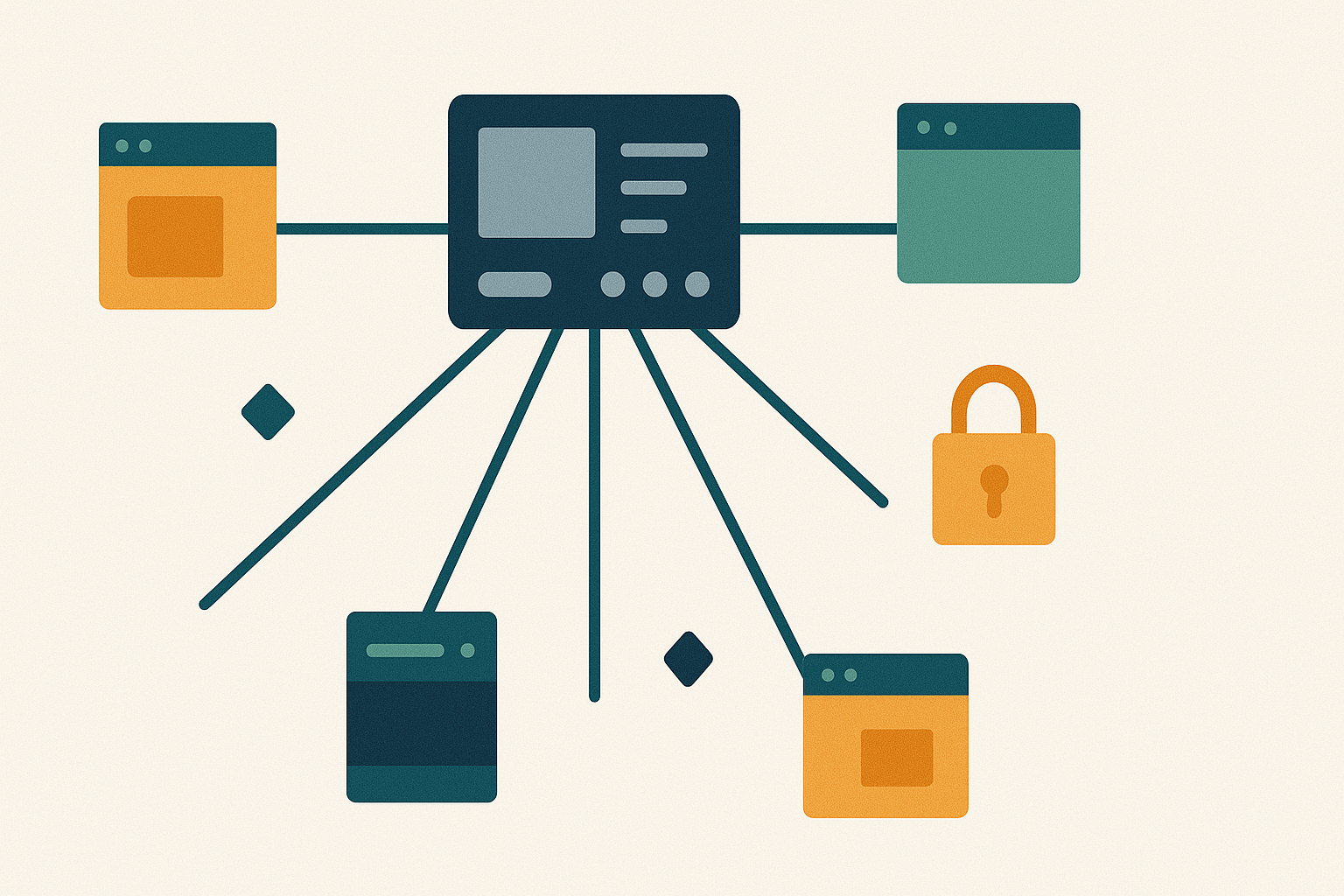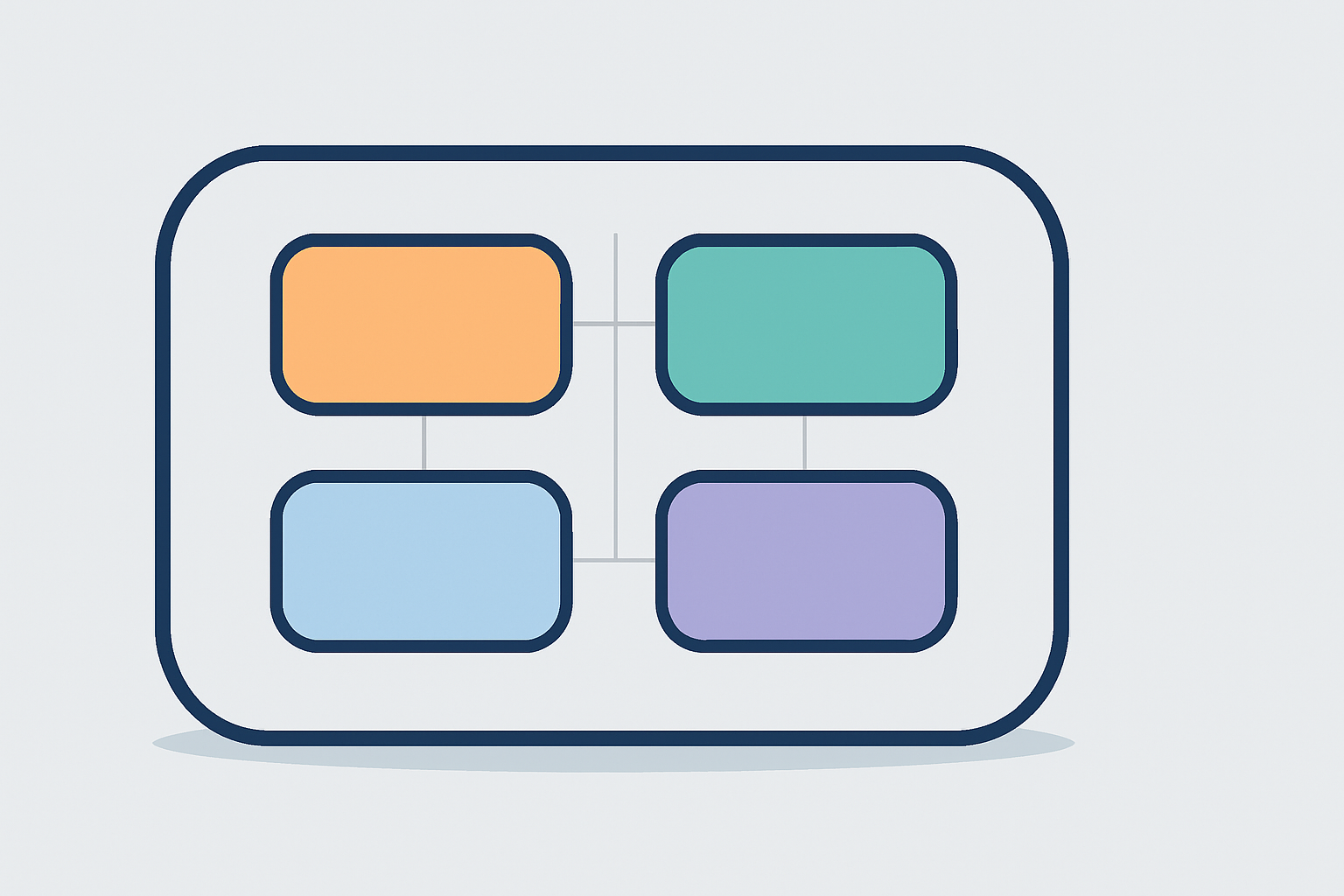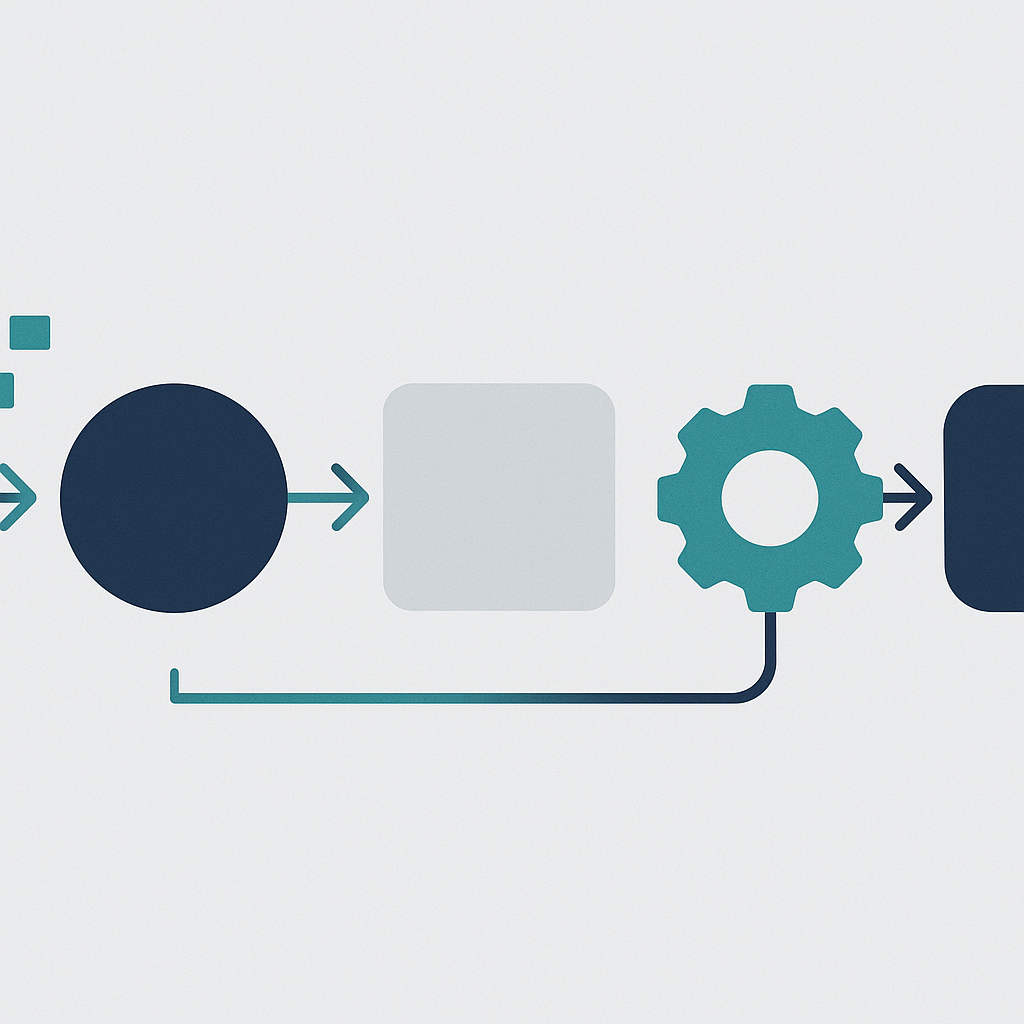
Running a digital agency means juggling dozens of client applications while keeping costs reasonable and your team sane. But traditional hosting approaches force you to choose between expensive isolation (separate Heroku apps) or risky shared hosting that lacks proper security boundaries.
Most agencies start with the obvious solution: one Heroku app per client. It's simple, isolated, and works great for the first few clients. But once you hit 10+ applications, the math becomes painful.
A typical Heroku Standard-1X dyno costs $25/month per app. Add a database addon ($9/month minimum) and you're looking at $340+ monthly just for basic hosting. Scale that to 15 clients and you're spending over $5,000 annually on infrastructure alone.

Separate clusters per client sounds like the enterprise solution, but it creates operational nightmares. Each managed Kubernetes cluster costs $72-150/month just for the control plane (varying by provider and region). Add worker nodes, networking, and management overhead, and you're burning through budget while drowning in complexity.
The shared hosting route sacrifices security and reliability. One client's traffic spike affects everyone. Database credentials get mixed up. Rolling updates become all-or-nothing affairs that risk multiple client relationships.
Convox transforms a single Kubernetes cluster (Amazon EKS, Google GKE, Azure AKS, or DigitalOcean) into a secure, multi-tenant platform that agencies can actually manage. Think of it as your own private Heroku that runs multiple client applications with proper isolation.
The core insight: You don't need separate clusters for security. You need proper namespaces, resource quotas, and access controls. Convox handles this automatically when you deploy applications to your rack.
Each client application gets its own Kubernetes namespace with resource limits and network policies. The Convox rack (your managed Kubernetes cluster) provides the foundation, while individual apps maintain complete isolation from each other.

Built-in autoscaling means client applications only consume resources they actually need. During low traffic periods, pods scale down automatically. Traffic spikes get handled gracefully without affecting other tenants.
Before diving into implementation, it's worth comparing your options. Each approach has distinct tradeoffs for agencies managing multiple client applications:
| Factor | Heroku (Per-Client) | DIY Kubernetes | Convox Rack |
|---|---|---|---|
| Setup Complexity | Very Low | Very High | Low |
| Monthly Cost (10 apps) | $340+ | $200-400+ | $170-350 |
| Operational Overhead | Low | Very High | Low |
| Scaling Flexibility | Limited | Full Control | High |
| Security Isolation | Excellent | Manual Setup | Automatic |
| Disaster Recovery | Heroku-Managed | DIY | Convox-Assisted |
| Team Knowledge Required | Minimal | Kubernetes Expert | Moderate |
The sweet spot for most agencies? Convox provides Kubernetes cost savings without the operational complexity of managing clusters directly.

Getting started with Convox is streamlined through the Console-based installation process. Follow our comprehensive onboarding guide for the complete setup, but here's the digital agency DevOps approach:
Choose parameters optimized for multi-tenant hosting:
m5.large (AWS), n1-standard-2 (GCP), Standard_D2s_v3 (Azure), or s-2vcpu-4gb (DigitalOcean) for handling multiple applicationsThis creates a managed Kubernetes cluster optimized for running multiple applications. The selected instance types provide enough capacity for 10-15 typical web applications while maintaining cost efficiency.
Each new client gets their own isolated application space:
convox apps create client-acme-corp
convox apps create client-beta-startup
convox apps create client-charlie-nonprofitApplications are completely isolated at the Kubernetes namespace level. Client A cannot access Client B's environment variables, database connections, or application logs.
Environment variables and secrets stay strictly separated:
# Client A's production environment
convox env set DATABASE_URL=postgres://... API_KEY=secret123 -a client-acme-corp
# Client B gets completely different secrets
convox env set DATABASE_URL=postgres://... API_KEY=different456 -a client-beta-startupThe Convox CLI automatically routes commands to the correct namespace based on the -a flag. No risk of accidentally deploying Client A's secrets to Client B's application.
Each client gets dedicated database resources while sharing the underlying infrastructure:
# Create isolated Postgres for Client A
convox resources create postgres database -a client-acme-corp
# Client B gets their own Redis cache
convox resources create redis cache -a client-beta-startupResources are provisioned as separate managed database instances (RDS on AWS, Cloud SQL on GCP, Database for PostgreSQL on Azure) or cache clusters. Clients get true data isolation without the overhead of managing separate clusters.
Application logs and metrics remain completely separated:
# View only Client A's logs
convox logs -a client-acme-corp
# Check Client B's resource usage
convox ps -a client-beta-startupThe Convox Console provides per-application dashboards. You can grant clients read-only access to their specific application metrics without exposing other tenants' data.
Traditional approach (10 clients on Heroku):
Convox multi-tenant approach:
*Control plane costs: AWS EKS $72/month, Google GKE $74/month, Azure AKS free (pay for nodes only), DigitalOcean $12/month
The savings increase dramatically with scale. At 20 clients, Heroku costs jump to $7,160 annually while the Convox rack delivers Kubernetes cost savings on the same infrastructure across any supported cloud provider.
Time savings matter even more. Instead of managing 10 separate deployments, you have one consistent platform. Application deployments become:
convox deploy -a client-nameNo more context switching between Heroku dashboards, AWS accounts, or deployment tools. Your team can focus on building client applications instead of fighting infrastructure.
Implement automated backups for each client application:
# Export client data for backup
convox resources export database -a client-name -f backup-$(date +%Y%m%d).sqlStore backups in a separate cloud storage bucket (S3, Cloud Storage, Blob Storage) with versioning enabled. Consider cross-region replication for high-value clients.
Create separate IAM roles for different access levels:
The Convox Console supports role-based access control through the RBAC feature, allowing granular permission management.
Many agencies run staging and production environments for each client:
# Create staging environment
convox apps create client-acme-corp-staging
# Production stays separate
convox apps create client-acme-corp-productionBoth environments can run on the same rack with different resource allocations. Staging applications get smaller CPU and memory limits to optimize costs.
Connect your deployment pipeline to the Convox API:
# In your CI system
export CONVOX_HOST=console.convox.com
export CONVOX_PASSWORD=$DEPLOY_KEY
convox deploy -a $CLIENT_APP_NAMEDeploy keys provide limited-scope access for CI systems without exposing full administrative credentials.
Set up monitoring for resource usage across all client applications:
# Check resource usage across all apps
convox apps | while read app; do
echo "=== $app ==="
convox ps -a $app
doneConfigure alerts for high memory usage, failed deployments, or unusual traffic patterns. The Convox Console provides built-in monitoring dashboards for tracking resource consumption trends.
As an agency owner, your job isn't to become a Kubernetes expert. It's to deliver exceptional client results while maintaining healthy margins. Infrastructure decisions impact everything from your monthly burn rate to your ability to take on new clients without breaking the bank.
Don't let hosting costs become the ceiling that limits your agency's growth. Choose solutions that let your team focus on building great applications for clients, not on managing the infrastructure complexity behind them.

The question isn't whether you can afford to invest in multi-tenant infrastructure. The question is whether you can afford to keep paying Heroku prices while your client roster grows.
Ready to cut hosting costs by 40%+ while serving 20+ clients on enterprise-grade infrastructure? The smartest agency operations combine cost efficiency with client isolation, and the right platform can make all the difference in your agency's profitability and scalability.
Get Started Free with Convox today, or contact our team for free white-glove onboarding and personalized guidance on building your multi-tenant agency infrastructure.
References:
